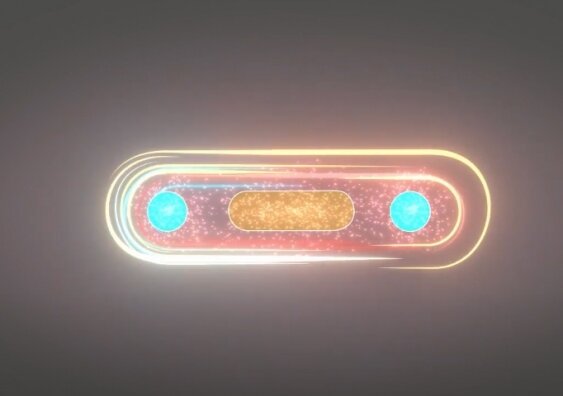Scientists and engineers at UNSW Sydney have made progress in solving a critical problem that has been hindering the development of quantum computers that could potentially solve the biggest challenges faced by humanity. The issue of cramped space has been addressed by the use of jellybean quantum dots, which are elongated areas between qubit pairs that offer more room for wiring without interfering with the interaction between paired qubits.
The Use of Silicon and Quantum Dots
Silicon is a crucial material used in quantum computing, as the infrastructure required for producing future quantum computing chips is already available, given that silicon chips are used in classical computers. Additionally, a considerable number of qubits can be accommodated on a single chip, but the challenge has been placing the wires between each pair of qubits, given that they need to be in close proximity to share information with each other.
In a typical quantum dot, single electrons are taken from a pool of electrons in silicon to sit under a “quantum gate,” where the spin of each electron represents the computational state, such that spin up represents 0 and spin down represents 1. Each qubit can then be controlled by an oscillating magnetic field of microwave frequency. However, for quantum algorithms, two-qubit gates are required, where the control of one qubit depends on the state of the other. For this to work, both quantum dots need to be placed very closely, just a few tens of nanometers apart, so their spins can interact with one another.
The Jellybean Solution
The jellybean quantum dot is not a new concept in quantum computing, and it has been suggested as a solution for creating the world’s first working quantum computer. However, the challenge has been implementing it in silicon. In a study published in Advanced Materials, the engineers at UNSW Sydney demonstrated that jellybean quantum dots were possible in silicon, which could help space out qubits to ensure that the necessary wires for connecting and controlling the qubits could be fitted in between.
To make the jellybean, the engineers created a chain of electrons by trapping more electrons between the qubits, which acts as the quantum version of a string phone so that the two paired qubit electrons at each end of the jellybean can continue to communicate with one another. The lead author, former Ph.D. student Zeheng Wang, explains that the number of extra electrons pulled into the jellybean quantum dot is essential to how they arrange themselves. They showed that if only a few electrons are loaded into the puddle underneath, they break into smaller puddles, but when larger numbers of electrons, say 15 or 20, are used, the jellybean becomes more continuous and homogeneous.
Although there is still much work to be done, the team’s efforts have focused on proving that the jellybean quantum dot is possible. The next step is to insert working qubits at each end of the jellybean quantum dot and make them communicate with one another. The success of this work boosts confidence that jellybean couplers can be used in silicon quantum computers, and the team is excited to implement them with qubits next.



Leave a Reply